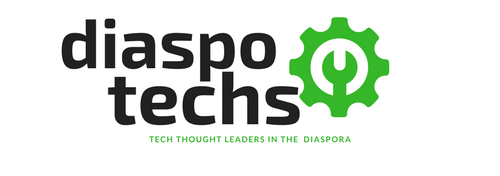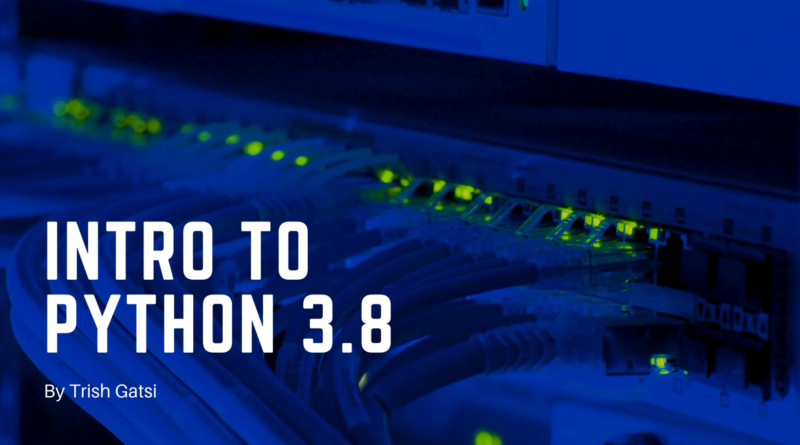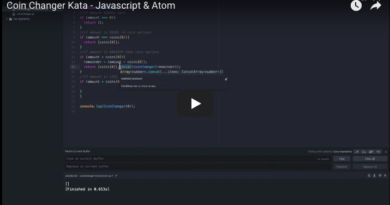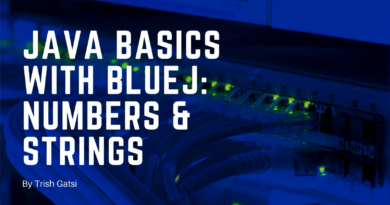Intro to Python 3.8
Python Basics
Numbers, Lists and Sets
Introduction
In order to comment a value in Python. Use the # as below.
# Trish Gatsi
For multi-line comments, use three double quotes, write your comments and use three double quotes at the end as below.
“ “ “
Brown Skin Girl
Glow Like Diamonds
Nappy curls
“ “ “
Numbers
Addition
Subtraction
Multiplication
Division
Lists
To store values in our program, we use variables. To do this,
a = “ Brow Skin Girl”
In python we can use double quotes or single quotes for strings. We can store multiple strings in a variable using a list as below:
b = [“ Brown skin girl” , “Glow like diamonds”]
To get an item out of the list, you need to know its position in the list as below;
If we call b[0] – we get ‘ Brown skin girl’ as the output. If we call b[1], we get ‘Glow like diamonds’ as the output.
We can also add lists together. Python automatically resizes and they can store any data type you want. Python allows multiple data types in a single list as below,
b + [1,2,3,4,5] the output will be ‘b,1,2,3,4,5’
Sets
To create a set, we use curly brackets as below
c = {1,2,3,4,5,6,}
If we repeat numbers as we create a list as below,
c = {1,2,2,3,3,4,5,}
The output will be ‘1,2,3,4,5’
Logic
We can also add logic in python that is making sure that certain things only happen when certain conditions are met using if statements,
if 1 = = 1:
print (“yes”)
We can also use not equal to, greater than or equal to and less than or equal to.
Python also has Boolean data types that is True or False. We can also use bolean operations that is
True or False, we get True
True and False we get False
This is the basis of logic gates.




